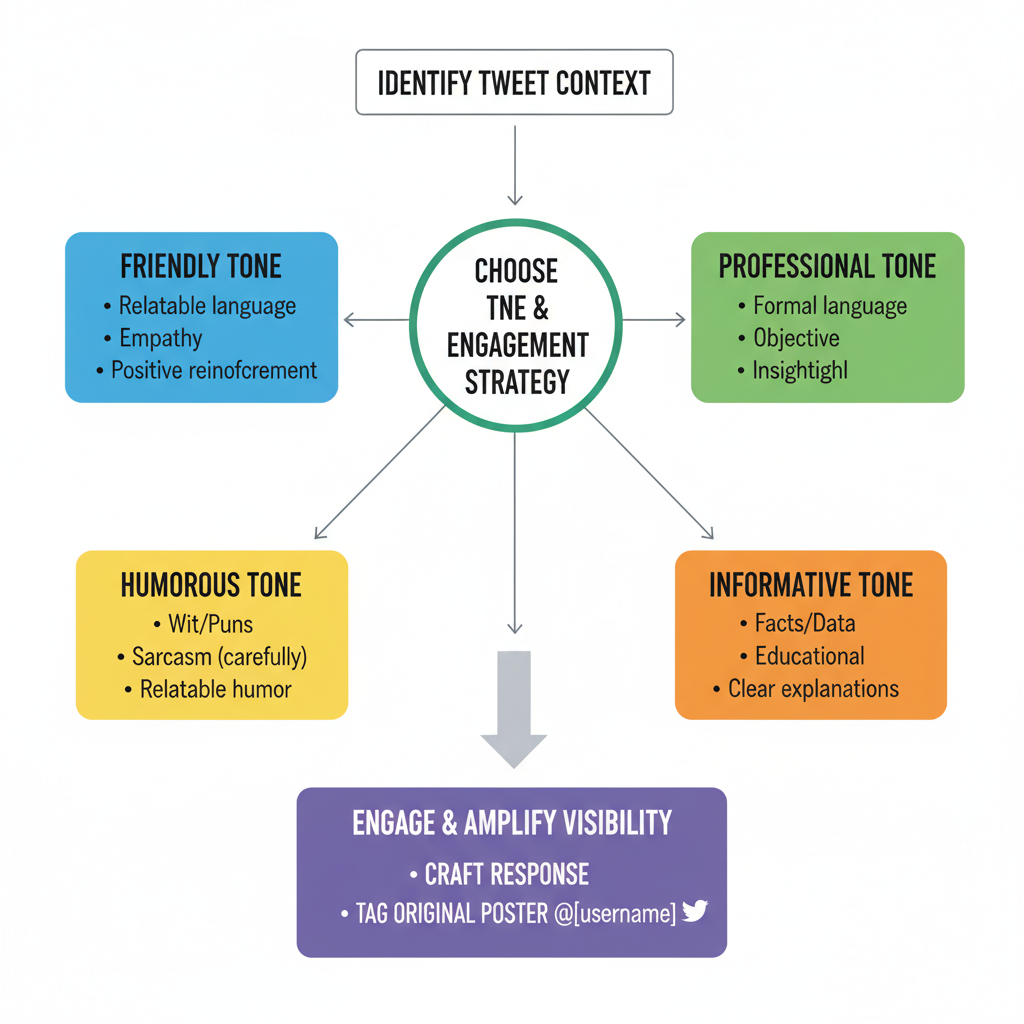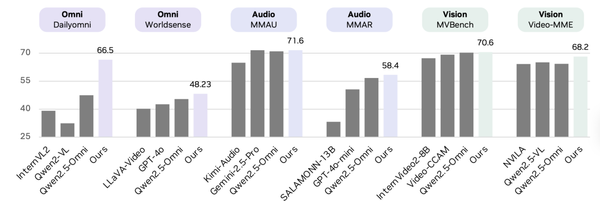How to Respond to a Tweet on Twitter Effectively
Learn how to respond to tweets effectively with the right tone, format, and media to boost engagement, build connections, and grow your presence.

How to Respond to a Tweet on Twitter Effectively
Responding to a tweet on Twitter is more than just casual online chatter — it can be a powerful way to boost engagement, connect with your audience, and position yourself as a valuable voice in your niche. Mastering how to respond to a tweet on Twitter strategically allows you to strengthen relationships, share useful insights, and grow your brand's digital footprint.

This guide walks you through best practices for Twitter replies — from understanding each interaction type to setting the right tone, using media correctly, and managing public visibility. Whether you’re networking, supporting a cause, or participating in thought leadership, the right approach can turn a simple reply into a high-impact communication.
---
Understanding the Purpose of Replying on Twitter
When you reply to a tweet, you’re joining a public conversation that can be seen, shared, and engaged with by many beyond the original poster.
Key purposes of Twitter replies include:
- Engagement: Participate in ongoing discussions to increase your profile’s reach and visibility.
- Networking: Build connections with industry peers, influencers, or communities.
- Support & Feedback: Provide encouragement, share insights, or offer constructive criticism.
Recognizing why you are replying ensures your comment aligns with both your goals and the context of the original message.
Engagement Benefits
Replies live within the conversation thread and may appear in the feeds of mutual followers, multiplying your visibility. Over time, consistently thoughtful replies can help position you as a trusted voice.
---
Reply vs. Retweet vs. Quote Tweet vs. Direct Message
Understanding the differences between interaction types helps you communicate effectively and choose the right channel for your message.
| Method | Purpose | Visibility |
|---|---|---|
| Reply | Respond directly to a tweet; joins the same conversation thread. | Seen by the original poster, mutual followers, and anyone viewing the thread. |
| Retweet | Share a tweet without adding commentary. | Your followers see it in their feed. |
| Quote Tweet | Share a tweet with added commentary or context. | Visible to all your followers and profile visitors. |
| Direct Message (DM) | Send a private message to a user’s inbox. | Only visible to you and the recipient. |
Choose the interaction based on your privacy needs, desired audience reach, and whether commentary is needed.
---
Choosing the Right Tone
Your tone can influence how your message is interpreted, especially on a character-limited platform.
Common Approaches
- Professional: Polite and formal — ideal for business or industry dialogue.
- Friendly: Conversational and warm — great for casual interactions.
- Humorous: Adds personality and relatability — but avoid ambiguous sarcasm.

When addressing brands or public figures, stay constructive and avoid inflammatory language, even when disagreeing.
---
Tagging the Original Poster
When replying, Twitter automatically tags the original poster, but in subsequent threaded replies, manually add their handle (`@username`) to ensure they remain notified. This courtesy increases the likelihood of a response and keeps the conversation connected.
---
Formatting for Clarity
Because Twitter users scroll quickly, readability matters.
- Keep sentences brief.
- Add line breaks for emphasis.
- Limit hashtags to 1–2 targeted keywords.
- Highlight important terms with selective capitalization (avoid all caps).
Example:
Great insight, @username!
I believe #SocialMedia engagement works best when it’s authentic.---
Enhancing Engagement with Media
Images, GIFs, and videos can dramatically improve engagement rates, but use them sparingly and with purpose.
Best practices:
- Use GIFs for light, humorous contributions.
- Include an image when illustrating a point or giving a tutorial.
- Avoid media overload; let the message lead.

---
Public Visibility and Respect
Replies are public by default, so be mindful of what you post.
Tips for mindful engagement:
- Keep sensitive information private (use DMs when necessary).
- Remember your reply can be shared beyond your intended audience.
- Deleting a tweet doesn’t ensure it disappears permanently.
---
Handling Disagreement Gracefully
Disagreements happen frequently on public platforms. Approach them with tact.
Do:
- Present factual evidence.
- Keep language courteous.
- Link to credible sources.
Don’t:
- Make it personal.
- Engage in endless heated exchanges.
- Use excessive all caps.
Example:
I respect your perspective, @username. However, recent data from [source] points to a different trend.---
Using Threads for Multi-Part Responses
When your reply won’t fit into 280 characters, create a Twitter thread.
Steps:
- Post your first reply.
- Add your next point using the "+" button.
- Publish the sequence so readers have the full context.
Threads are useful for storytelling, tutorials, or breaking down data.
---
Proofreading Before Posting
Quickly reviewing your replies before posting improves clarity and credibility.
Checklist:
- Read your reply aloud.
- Verify usernames and hashtags.
- Ensure tone matches intent.
Even a brief proofread can prevent misunderstandings.
---
Respond Promptly
Engagement peaks shortly after a tweet is posted. Reply within minutes or hours to increase visibility. Consider enabling notifications for specific accounts or keywords to respond in real time.
---
Tracking Engagement and Learning from Performance
Improving over time means monitoring your replies’ performance.
Track with Twitter Analytics:
- Impressions (views).
- Engagements (retweets, likes, replies).
- Link clicks and profile visits.
Adjust strategy based on what brings the best results.
---
Final Thoughts
Mastering how to respond to a tweet on Twitter creates opportunities for deeper connections, increased visibility, and stronger brand authority. By tailoring your tone, formatting replies for impact, and staying mindful of public perception, your Twitter activity can become both engaging and strategic.
Next time you reply, ask yourself: Am I adding value to this conversation? With that mindset, each reply can help you stand out in the fast-moving Twitter feed.
Ready to elevate your Twitter strategy? Apply these tips today to make your replies more engaging, professional, and effective.




